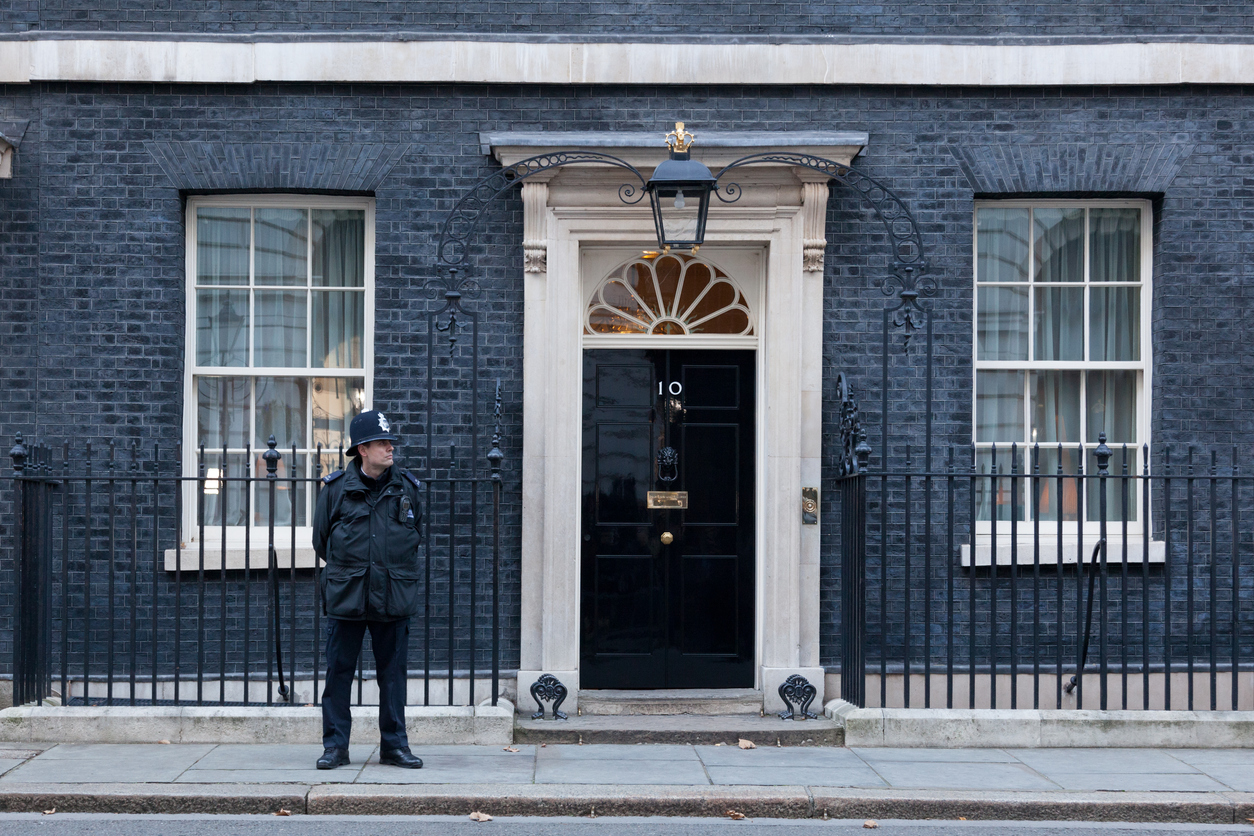Action taken as new survey reveals 60 per cent of young people have been asked for a sexual image or video and 40 per cent have created an image or video of themselves
ChildLine and the Internet Watch Foundation (IWF) are joining forces to ensure young people of 17 years and under know where to turn to get sexually explicit images removed from online. The partnership comes as a result of a ChildLine survey of 13-18 year olds which revealed that young people are frequently taking huge risks by making and sending sexual images of themselves.
Shockingly, 60 per cent of the young people questioned said they had been asked for a sexual image or video of themselves, demonstrating a concerning prevalence and an immense pressure on young people to participate. 40 per cent said they had created an image or video of themselves, with around a quarter of all those questioned saying they had sent the image or video to someone else.
Over half of the young people surveyed by ChildLine1 said they had received a sexual photo or video, most received them from a partner but a third received them from a stranger. Whilst most said the image went to a boyfriend or girlfriend, a third said they sent it to someone they met online but didn’t know in real life and 15 per cent said they had sent it to a total stranger.
Labelled as ‘sexting’, the sharing of self-generated sexually explicit images or videos by mobile phone or online is now commonplace amongst young people to the point that it is considered ‘mundane’.2,3 James*, 17, revealed that he continues to engage in sending and receiving images, despite the risks:
“Sexting is really pretty normal at my age. It seems like everyone’s doing it. There are definitely risks involved. Someone saw a video message I had sent to a previous girlfriend, took a screen shot and posted it online. They called me a pervert and lots of people I knew saw it. I was completely devastated and, to be honest, almost suicidal. I’ve never pressured anyone into sexting, and when any girl I’ve been seeing hasn’t been interested I’ve been fine with that. There are some people though who will put pressure on you.”
James continued:
“I do worry about who is behind the phones of the people I sext with – obviously if you don’t know the person in real life there’s no guarantee that they are who they say they are. There is also a big risk around the ages of the girls you contact. Of course you can ask, but there’s no proof that they’re telling the truth.”
Since NSPCC commissioned research uncovered a worryingly increasing trend for ‘sexting’ and a fear amongst young people of turning to adults for help when things go wrong, ChildLine has been committed to providing young people with support to tackle the issue.
Peter Liver, Director of ChildLine Services, said:
“In contrast to the scale of the problem, few young people are calling ChildLine to talk about the issue, whether for fear of being judged or being reported to the authorities. Most common contacts to ChildLine are when the issue has escalated beyond their control. It is essential we are able to support young people to talk to ChildLine before an issue escalates but also that we are able to help them to deal with removing images from online. The sharing of these images does not necessarily happen in isolation, it can be related to other online issues such as cyber bullying and draw from influences such as celebrity and easy access of online pornography. Our partnership with the IWF means that we can help young people to verify their age before logging a complaint to get the image removed swiftly and efficiently.”
Susie Hargreaves, IWF CEO said:
“We’re delighted to be partnering with ChildLine as we have sadly tracked a marked rise in self-generated sexual content featuring young people. A snapshot study conducted by IWF analysts over a 47 hour period found well over 12,000 self-generated images and videos of young people online. Most recently, we see images and videos being gathered together and sold for commercial gain. The IWF works strictly within UK law; we have to be certain that the image features someone under the age of 18 which is why this partnership with ChildLine is all the more important to ensure we can receive the information to remove explicit content as soon as possible.”
As part of their focus on the issue, ChildLine have also developed their first app for young people designed to provide tools to defuse the pressures to send an explicit image. Called ‘Zipit’ the app offers witty images to send instead of explicit ones, advice for how to engage in safe chat, what to do if you feel threatened or if an image becomes public and a direct link to call ChildLine. The app will be available later this month.
Peter Liver continued:
“With the constant rise in smart technology being made available to young people, the self-generating and sharing of sexually explicit images is not a ‘fad’ that will go away. We know that threatening young people with the consequences of their actions is not the most impactful way to engage them, in a similar way as telling them not to drink or smoke. The app means we are providing young people with a tool to help them deal with or remove the pressure to engage in it.”
*Names have been changed to protect identity.
Image Analyzer is a world leader in the provision of automated content moderation and user generated content moderation for image, video and streaming media. Our AI content moderation delivers unparalleled levels of accuracy, producing near-zero false positive results in milliseconds.
If you have any questions about our Image moderation software or content moderation software, please get in contact today.



